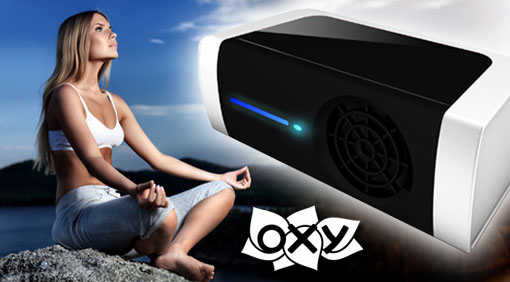The Science of Negative Air Ionization /angl./

What are negative air ions, and how do they affect us?
When a tiny electron hitches a ride on an oxygen molecule, giving the oxygen molecule a negative charge, a negative air ion is born. The negative air ion continues to carry the electron, and hence a negative charge, when water molecules surround it, and keep the electron and the molecule bound together.
Negative air ions attract dust, pollen, bacteria, viruses, and other undesirable particles. When they do so, the resulting combination is then too heavy to remain floating around. Such heavy clumps of ions and particles thus drop to the ground, leaving the air fresh, and clean.
A negative air ionizer, then, is like a natural, miniature vacuum cleaner that purifies the air.
However, negative air ions also serve another function – one potentially more important, and one you may have already experienced. Negative air ions, especially in large quantities, can make people feel better, and even reduce depression. That may be why, when you are in a place with high concentrations of negative air ions, such as a beach, or waterfall, or meadow, you feel better.
Link:

